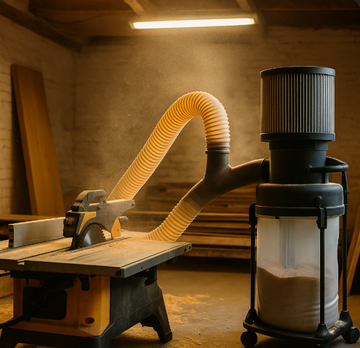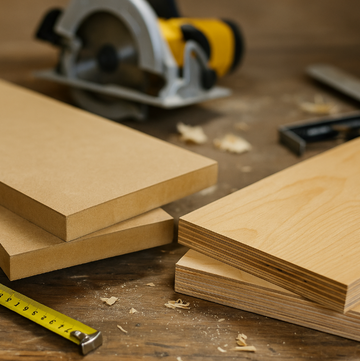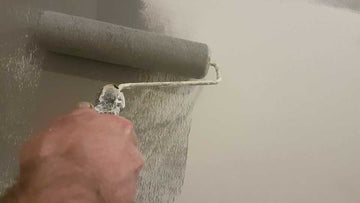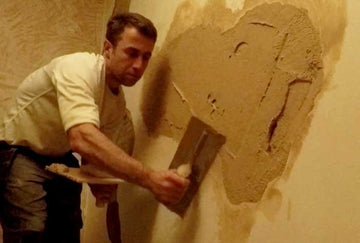A Cloud of Trouble in the Shed
You might not see it, but every time you fire up the sander, chop saw, or router, you’re sending microscopic particles into the air — and eventually into your lungs. According to the UK’s Health and Safety Executive (HSE), long-term exposure to wood dust can lead to asthma, chronic bronchitis, and even nasal cancer in serious cases.
And it doesn’t take industrial-scale work to do damage. The HSE specifically notes that even short bursts of high dust exposure in home workshops can be harmful if not controlled properly.
It’s not about being dramatic — it’s about being smart with your lungs.
The Legal Bits (Yes, Even for DIYers)
If you’re a business or tradesperson, dust extraction in your workshop is legally required under COSHH (Control of Substances Hazardous to Health). But what if you're just a DIYer at home?
Well, while the regs don’t legally apply to home workshops, the health risks absolutely still do. The HSE recommends all wood dust be extracted at source and captured before it becomes airborne — no matter where you're working.
Even softwood dust is classified as a "substance hazardous to health" in the UK. Oak, beech, and MDF? Even worse.
What Tools Make the Most Dust?
You’d be surprised just how many common tools can leave your lungs in a sorry state.
These are the worst offenders:
- Belt sanders, orbital sanders, and disc sanders
- Table saws, mitre saws, routers, and planers
And it’s not just wood. Masonry dust (silica) is equally dangerous when cutting tiles, bricks, or concrete — and is known to cause silicosis, a severe lung disease.

Affordable Dust Control Options That Actually Work
The good news? You don’t need a giant cyclone system mounted to the wall to breathe easier.
Modern dust extractors and vacs have come a long way, and you can now get decent setups for under £150 that plug straight into your saw or sander.
Here’s what to look for:
- A good HEPA filter – catches the fine stuff, not just big chunks
- Auto-start functionality – so it powers on with your tool
Bonus points for a cyclone separator to prevent clogging your vac filters every five minutes. Brands like Lumberjack, Trend, and Draper offer solid UK options at reasonable prices.
The Workbench Verdict
We know — extraction systems aren’t sexy. But neither is a chest x-ray and lifelong wheeze. Whether you’re sanding down a shelf or cutting skirting boards, dust extraction should be part of your toolkit just like goggles and a decent tape measure.
If you’re in it for the long haul (and want your lungs to be, too), it’s worth the upgrade.
👉 Need a starting point? Check out our picks for the best beginner-friendly extractors in our Dust Extraction Tools collection (coming soon!).





